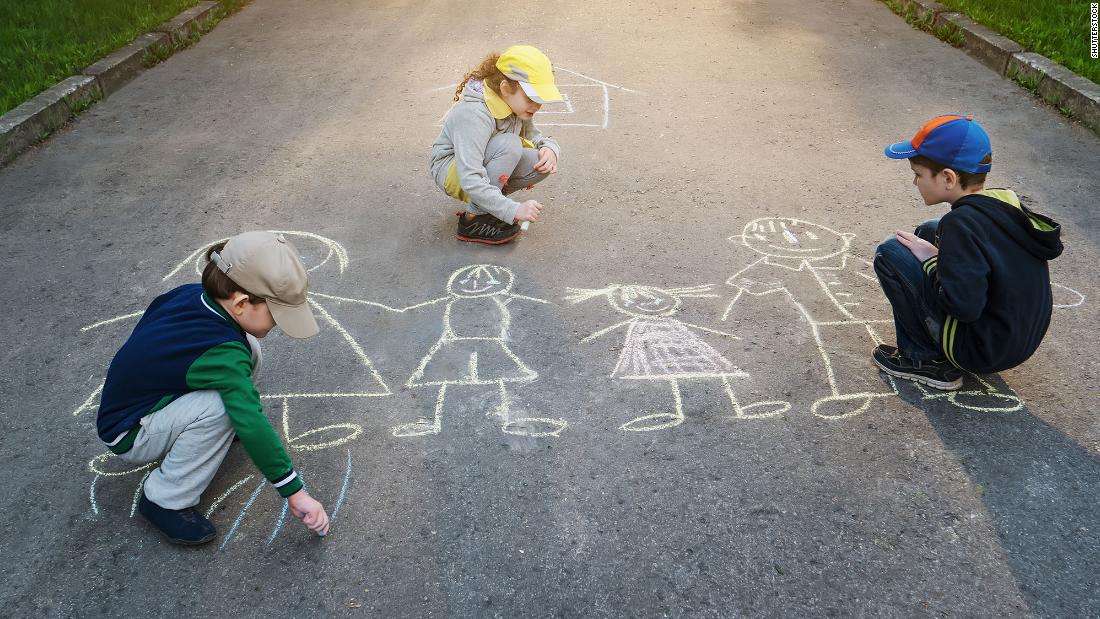
Children who heard someone say negative words about a certain group of people developed a negative bias toward them, according to a study published Wednesday in the journal Child Development.
A group of 121 children ages 4 to 9 were split into smaller groups where they heard either a child or an adult making negative claims about a fictional group of people called “Flurps” or “Gearoos” or where they heard nothing negative.
The children were engaged in an unrelated activity when an adult in the room opened a pre-recorded video call, causing the children to indirectly hear negative messages about one of the two fictional groups or no negative messages at all.
The negative message some kids heard indirectly was, “Those Flurps / Gearoos are really bad people. They eat disgusting food and they wear such weird clothes. The Flurps ‘/ Gearoos’ language sounds so ugly.”
Immediately after the indirect conversation they had heard, children 7 years and older showed a more negative attitude towards the made-up group than children who did not hear negative messages.
They were re-interviewed an average of two weeks later and still showed a negative bias towards the said groups, said study author Emily Conder, a PhD student in the Department of Psychology and Human Development at Vanderbilt University in Nashville.
Kids are always trying to categorize people, Conder said, and at that age, it’s normal for kids to categorize others based on skin color, clothing, and other factors in order to understand the world around them.
Not all children were negatively affected
The 4- and 5-year-old study participants did not see the Flurps or Gearoos negatively after overhearing negative words about those groups.
Conder said she didn’t know why the younger children weren’t significantly affected, but she hypothesized that it could be related to their shorter attention span and their ability to pick up on tapped information (because it requires more processing).
The age of the person delivering the negative messages didn’t affect the impact it had on the kids, which surprised her, according to Conder.
“I thought that as the children got older, their attitudes would be more affected by the other child, but they were equally affected by the child and the adult in all age groups,” Conder said.
Children are easily influenced by what they hear as they grow and develop, said Maysa Akbar, Chief Diversity Officer of the American Psychological Association, who was not involved in the study.
Akbar said that when children hear negative information about a group, they “might start to see different groups as different and not want to interact with those groups.”
The role of parents in child development
It’s important to know what information you are saying about your children, even indirectly, Akbar said.
On the other hand, parents can use the findings of this study to positively influence their children to be good allies, Akbar said.
This could be buying a variety of toys for your kids, she said, or getting your child to have a diverse group of friends.
“The sooner we can normalize situations for our children, the more they become involved in and accept diversity,” Akbar said.
Conder was conducting a related study that would focus on measuring the influence of children when they indirectly hear positive information about a group. She had to interrupt the investigation because of the pandemic last year.
If she can resume the research, Conder said she hopes to see similar results when children were influenced by what they heard indirectly because that means children can learn how to “ take a more positive attitude towards new people. ”
